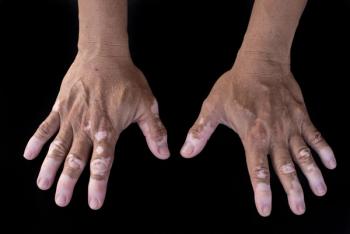
The Booming Market for Atopic Dermatitis Drugs
The US accounted for nearly half of the atopic dermatitis drugs market in 2021. According to 2021 data from the National Center for Health Statistics, roughly 7% of adults in the U.S. have eczema.
The global atopic dermatitis drugs market was valued at US $6 billion in 2021, according to
A variety of factors are driving the upward trend: More patients, for one. According to
And in a
“The pharmaceutical industry is witnessing substantial investments in research and development for atopic dermatitis drugs,” according to TMR, a global market research company based in Wilmington, Delaware. “Biotechnology and pharmaceutical companies are focusing on developing novel therapeutic options, including targeted biologics, small molecule inhibitors, and immunomodulators. The innovative drugs offer enhanced efficacy and safety profiles, driving adoption and market growth.”
Related:
In a recent market report, TMR noted that the biologics segment grew to 76% of the global market in 2021, with drugs including Incyte’s
Moreover, the retail pharmacies segment is adding to market growth, in part due to more accessibility, convenience, and prescription dispensing.
What’s down the road? TMR says favorable reimbursement policies and changing lifestyle and environmental factors will likely fuel the market prospects in the near future.
Newsletter
Get the latest industry news, event updates, and more from Managed healthcare Executive.





















































